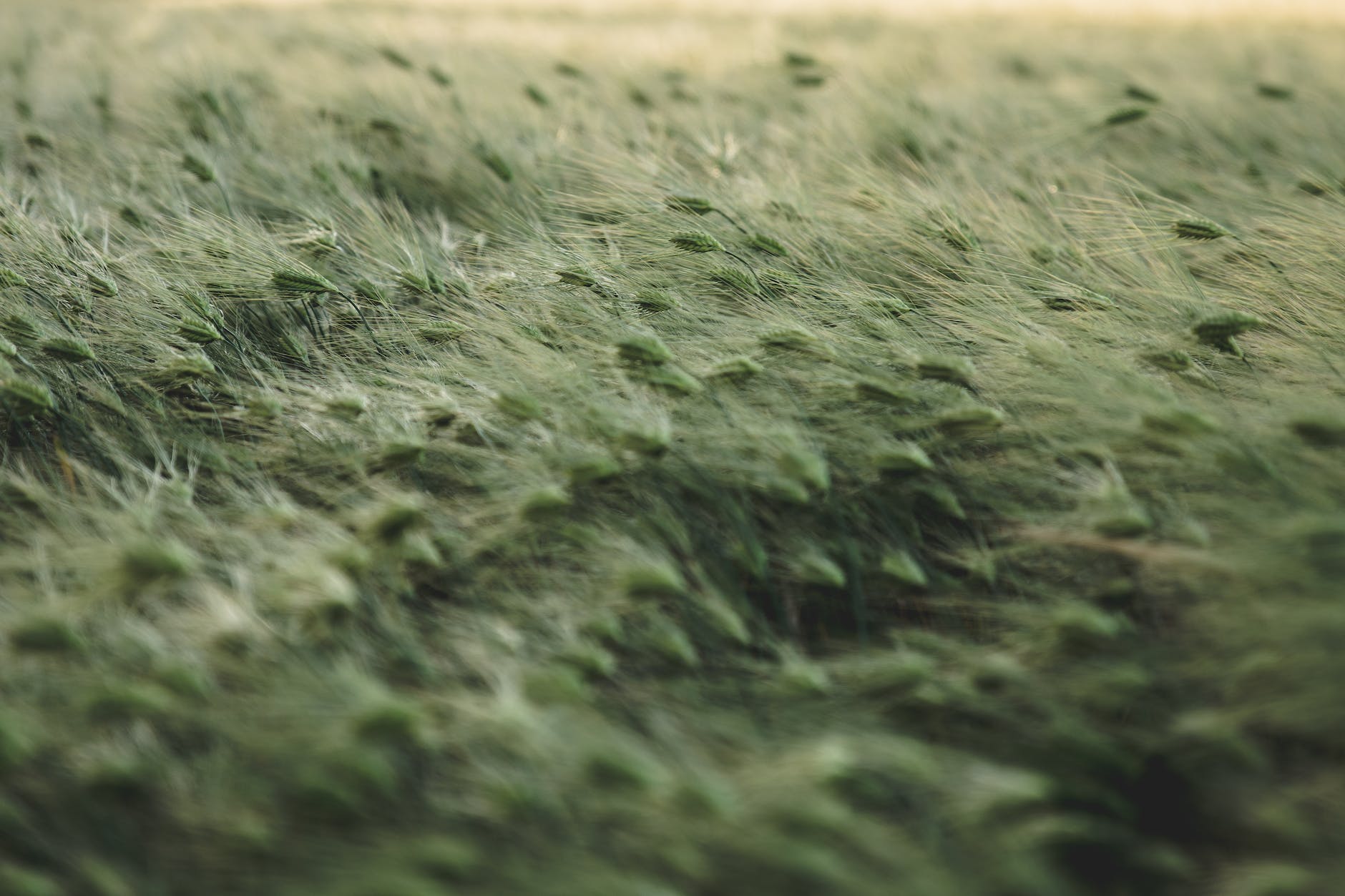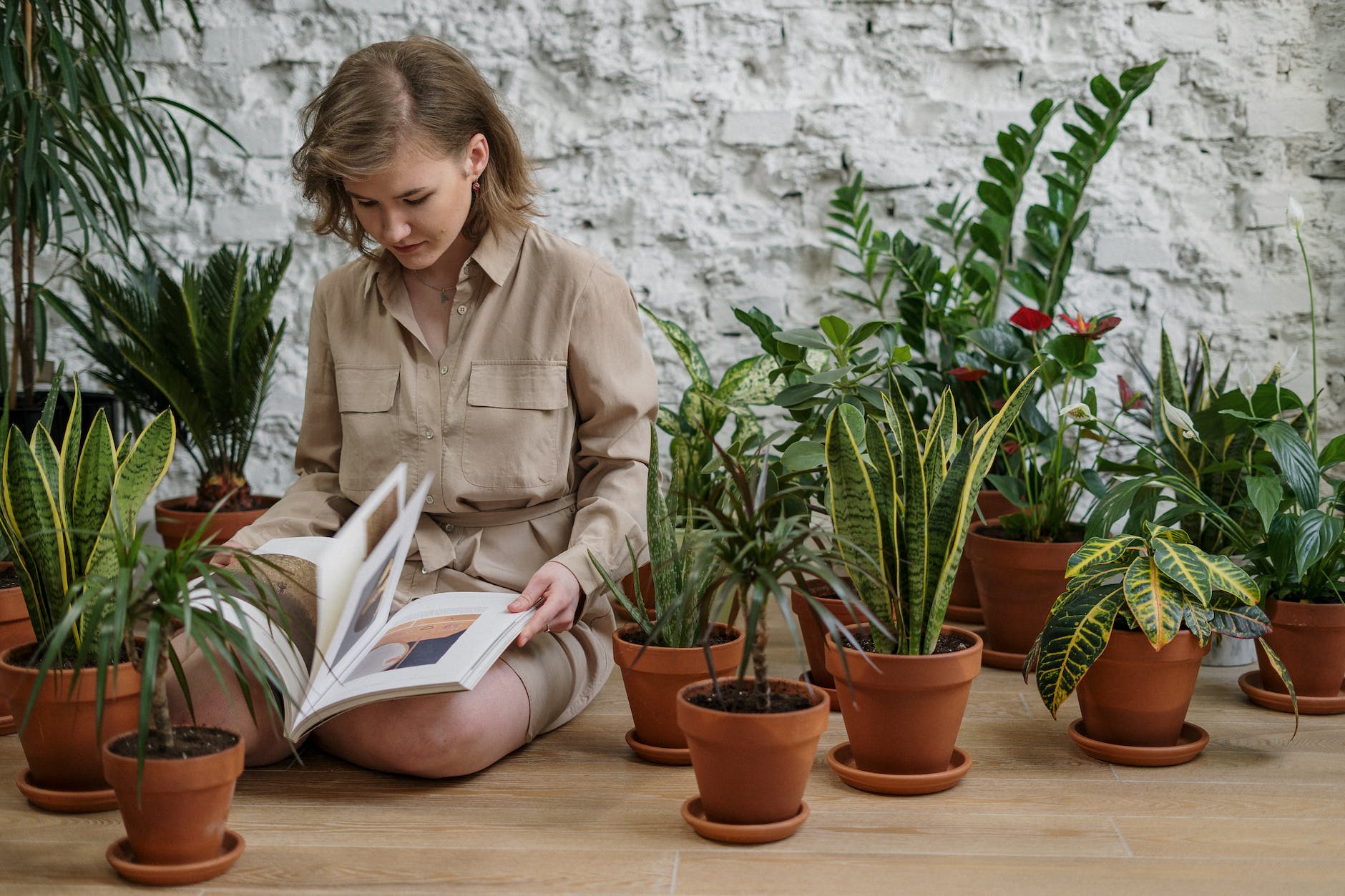Cannabis cultivation is an activity that requires the perfect blend of skill, knowledge, patience, and passion. There are numerous cannabis growing methods, each with its own set of pros and cons. For beginners, it can be a bit overwhelming to figure out where to begin. In this article, we shine the spotlight on some basic techniques for both indoor and outdoor cultivation, providing you with a practical and straightforward guide.
To kick things off, the focal point has to be seed selection. Choosing the right seeds is the genesis of a successful cannabis grow. Not only should the potential yield be a consideration, but you should also think about the plant’s resilience against pests, diseases, and environmental stressors. Your seed selection should ideally match your growing conditions, and your personal tastes and preferences.
Once your seeds are sorted, the next step is preparing the soil. Do not take soil preparation lightly; it is the core foundation of your cannabis plant’s health and yield. Soil rich in organic matter is ideal, with a close-to-neutral pH level. Further, special soil screens can help you remove larger stones which can impede the growth of the roots.
Moving on, the finesse in indoor cultivation lies in being able to replicate the plant’s natural growing conditions. This requires the mimicking of the light periods and ensuring the plant receives the appropriate nutrients at various stages of its growth. Good ventilation is a must since cannabis thrives in conditions with fresh moving air and the right temperature and humidity level.
On the other hand, outdoor cultivation has the advantage of a large space, which means potentially taller plants and greater yield. It could also mean dealing with unwanted attention from neighbors so selecting a secure location is paramount. Always remember, outdoor plants are subject to the whims of Mother Nature; uncontrollable variables like temperature changes, heavy rains, and pest infestations can play havoc with your yield.
In any growing scenario, appropriate watering is a crucial part of the process. Overwatering or underwatering can cause damage to the plants. A good rule of thumb is to water the plants when the top inch of the soil feels dry to touch. Consistent moisture levels will provide the ideal conditions for robust cannabis growth.
Coupled with watering is fertilizing. Cannabis plants crave nutrients like nitrogen (N), phosphorous (P), and potassium (K). The nutritional needs will change as the plants move from the vegetative stage to the flowering stage. Also, it’s essential to remember that over-fertilizing can harm your plants. Find your sweet spot.
Coming into focus next is pest control. Be it mold, mildew, insects, or animals; different pests can damage the plant’s vigor and production. Good preventative measures such as installing barriers, regular inspection, and having an effective organic pesticide at hand will keep you in control.
Once you’ve successfully navigated through all these stages, it’s time to start thinking about harvesting. Knowing when to reap is essential – too early or late can impact the quality of your bud. As a general rule, when 60-70% of the hairs have darkened, your cannabis is usually ready for harvest.
After the harvest, do not be in a rush to enjoy your yield just yet. Proper curing, which involves drying the plant material in a controlled environment, is an essential step to enhance flavor and maximize potency.
In conclusion, as a newbie, patience is a virtue you would need in abundance. Remember, cannabis cultivation is as much a science as it is an art and these basic techniques are just the start of your journey to become a seasoned grower. Happy cultivation and always remember to comply with local laws and regulations related to cannabis growth.

